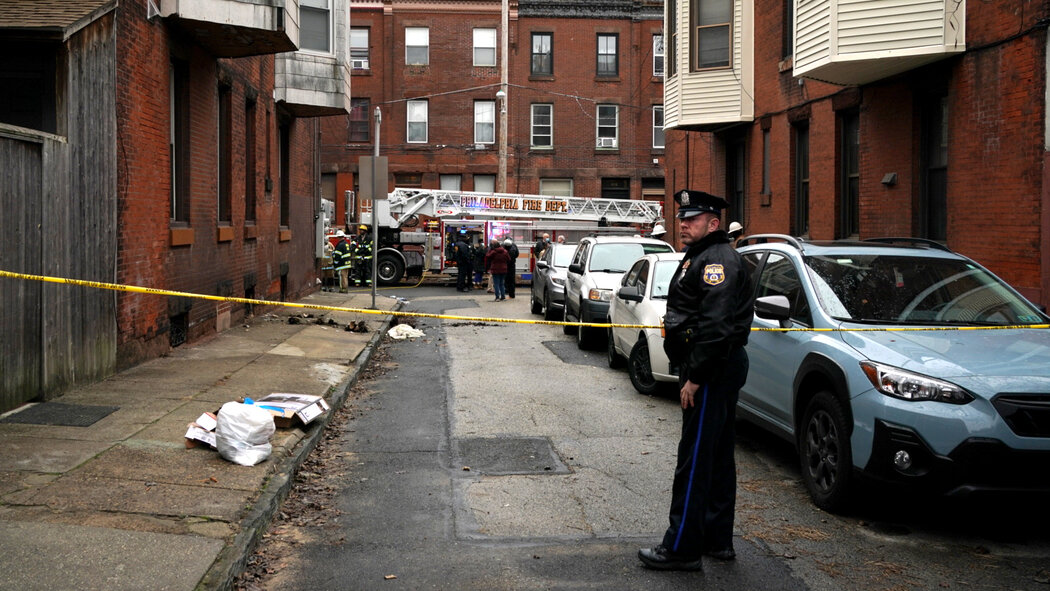Investigators determined that a 5-year-old, who told the police he had been playing with a lighter, was the only person in the part of the apartment where the fire began.
The fire that broke out in a Philadelphia rowhouse last Wednesday, leaving 12 dead including eight children, was caused when a 5-year-old boy ignited a Christmas tree with a lighter, city officials said on Tuesday.
The fire erupted before dawn, quickly engulfing the second story of a brick rowhouse in the city’s Fairmount neighborhood. The 5-year-old, one of only two people in the apartment who survived, told the police last week that he had been playing with the lighter forming the earliest theory about the fire’s cause.
Investigators looked for other possible sources of the fire, but determined that the child was the only person in the part of the apartment where the fire began, Adam K. Thiel, the Philadelphia fire commissioner, said in a news conference.
“We are left with the words of that 5-year-old child, that traumatized 5-year-old child, to help us understand how the lighter and the tree came together with tragic consequences,” Commissioner Thiel said. “We have disproved any other theories.”
There were 14 occupants in the apartment at the time — not 18, as officials had originally said — and all but the 5-year-old were in the bedrooms on the third floor. Twelve of the people in the apartment, including three sisters and nine of their sons and daughters, died. Two people, including the 5-year-old and a man who climbed out of a third-story window, were hospitalized with injuries.
The rowhouse was one of the Philadelphia Housing Authority’s “scattered site” properties, places throughout the city that are owned and managed by the authority but are not part of larger public housing complexes. It was divided into two units: an upper unit, where the fire broke out, and a lower unit, where eight people lived, all of whom escaped.

Officials with the housing authority said last week that the upstairs apartment had been inspected in May, and that all of the smoke alarms, which were battery operated, had been found working at the time.
In the news conference on Tuesday, Commissioner Thiel said investigators found seven smoke alarms in the unit after the fire. Four were found in drawers; one was found on the floor, its battery removed; and another was attached to a ceiling, its battery removed as well. The seventh alarm, which was in a basement that the two units shared, had activated, but its alerts came too late, given how quickly the fire spread in the upper floors.
The tragedy brought renewed attention to a dire shortage of quality low-income housing in the city and across the country. The waiting list for new public housing units in Philadelphia, a city with a large population under the poverty line, runs to 40,000 households and has been closed for nearly a decade.
The extended family had moved into the rowhouse apartment in 2011, having outgrown a smaller home elsewhere in public housing. Since moving in, the number of occupants on the lease had grown from six to 14 as two of the sisters had more children. While some members of the family had told friends and social workers that they wanted to move, officials with the housing authority say that no one in the apartment had formally requested a new place.
City officials emphasized that Philadelphia’s housing stock is old and in need of updating to modern safety standards, such as smoke alarms that are wired into the building. That requires a significant amount of spending, said Kelvin Jeremiah, the director of the Philadelphia Housing Authority, money that the agency does not have.
“This incident,” he said on Tuesday, “highlights the fundamental truth that there is, in fact, an affordable housing crisis in the city.”


























